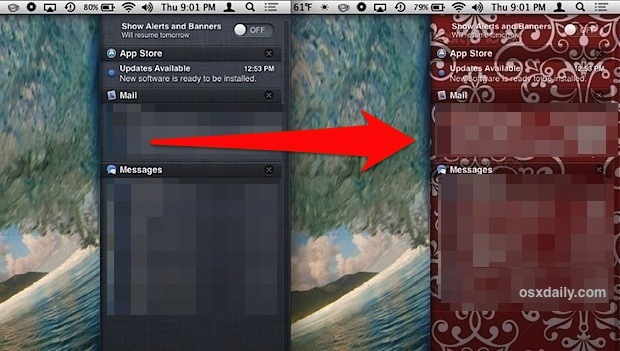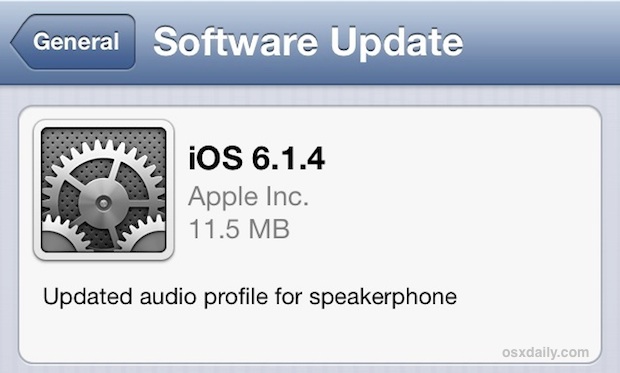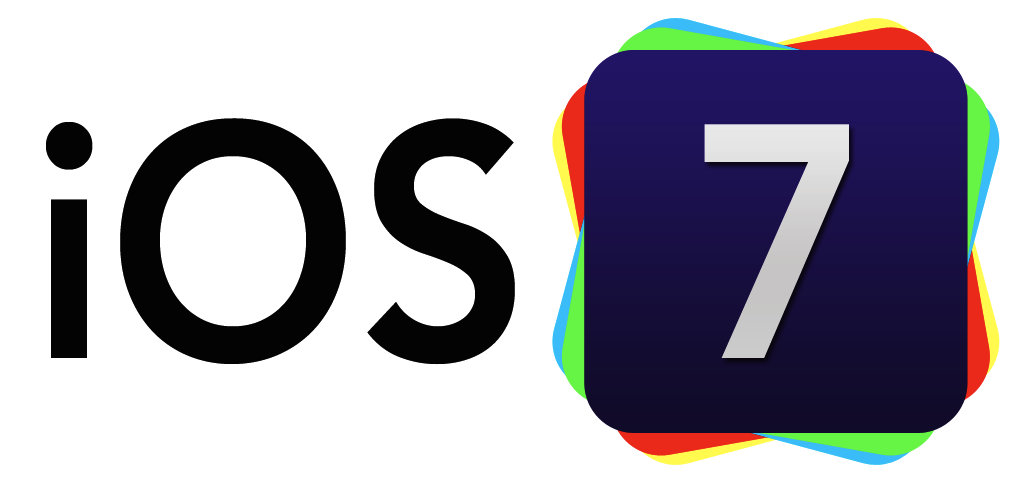Mount & Unmount Drives from the Command Line in Mac OS X
![]()
You can mount and unmount drives, volumes, and disks from the command line of MacOS and Mac OS X.
For many users, the easiest way to unmount a drive in Mac is to either just drag a volume into the Trash, use the eject keys, disconnect the drive, or use one of the force eject methods. Along the same lines, if you want to remount a drive you can usually just physically unplug the drive and plug it back again. But what if you want to be able to mount, unmount, and remount drives from the command line? That’s exactly what we’ll cover here.
Read more »

 If you’ve ever run into a .zip file on an iPhone, iPod touch, or iPad you will probably have discovered it’s a bit of a dead-end initially, because by default there isn’t much you can do with zips or any other archive format. That doesn’t mean you can’t open ZIP files though, and in fact these archives can be viewed, unzipped, and opened in iOS with relative ease, but you will need to download a free third party app before you’ll have the function included on your device. This will allow you view all of the contents of any zip file quickly, and also decompress the entire archive, or just extract a single file from a larger archive, providing quick access to the zip contents which can be saved locally or opened in another application of choice.
If you’ve ever run into a .zip file on an iPhone, iPod touch, or iPad you will probably have discovered it’s a bit of a dead-end initially, because by default there isn’t much you can do with zips or any other archive format. That doesn’t mean you can’t open ZIP files though, and in fact these archives can be viewed, unzipped, and opened in iOS with relative ease, but you will need to download a free third party app before you’ll have the function included on your device. This will allow you view all of the contents of any zip file quickly, and also decompress the entire archive, or just extract a single file from a larger archive, providing quick access to the zip contents which can be saved locally or opened in another application of choice.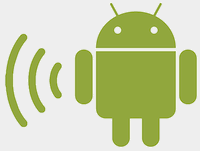 Nearly every Android smartphone can share it’s cellular data connections and turn itself into an internet hotspot, an infinitely valuable feature that lets you connect Macs, PC’s, iPad, or Nexus tablets get online through the cell connection. Of course the
Nearly every Android smartphone can share it’s cellular data connections and turn itself into an internet hotspot, an infinitely valuable feature that lets you connect Macs, PC’s, iPad, or Nexus tablets get online through the cell connection. Of course the 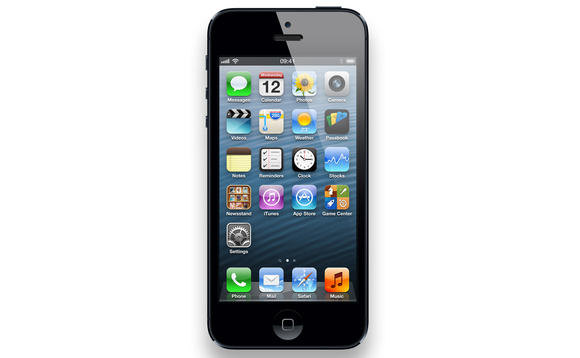
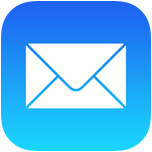 Emails opened in Mail app for iOS default to loading all images attached to that message. This makes emails format and arrange themselves as the sender intended, often with nice little header graphics and signature files, but it has a potentially serious downside: increased bandwidth usage. On a wi-fi connection that bandwidth usage hardly matters, but on many of the smaller and more limited cellular data plans, each KB and MB of data transfer is precious, and the little cutesy images and styling that comes over with many emails does nothing but eat up a data plan. There’s a simple solution to that problem though, and that means disabling remote images from being loaded into Mail app on the iPhone and iPad.
Emails opened in Mail app for iOS default to loading all images attached to that message. This makes emails format and arrange themselves as the sender intended, often with nice little header graphics and signature files, but it has a potentially serious downside: increased bandwidth usage. On a wi-fi connection that bandwidth usage hardly matters, but on many of the smaller and more limited cellular data plans, each KB and MB of data transfer is precious, and the little cutesy images and styling that comes over with many emails does nothing but eat up a data plan. There’s a simple solution to that problem though, and that means disabling remote images from being loaded into Mail app on the iPhone and iPad. 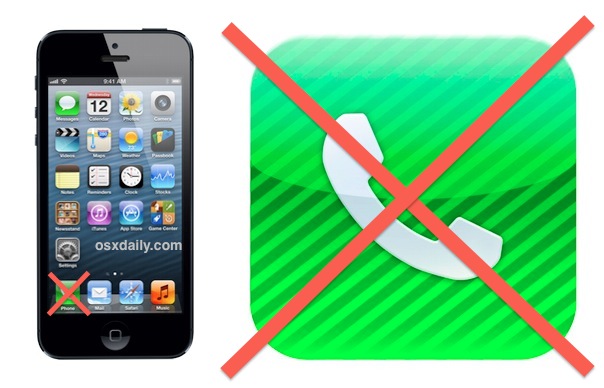

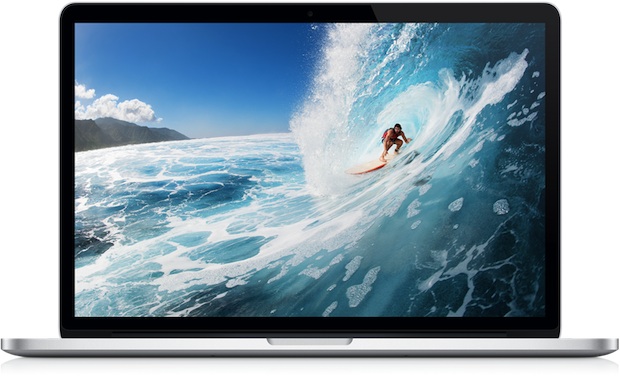
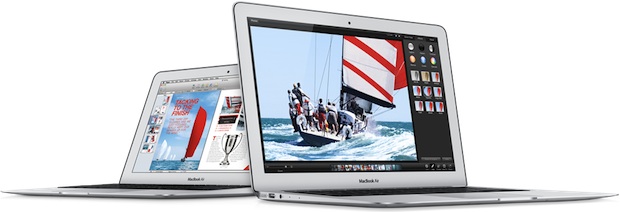

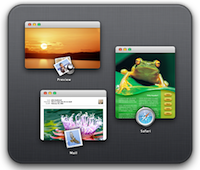 Desktop clutter happens to the best of us, even if we try our hardest to maintain a remarkably simplified virtual workspace. Whether it’s way too many icons thrown all over the desktop from working with files, or just a million and one windows open for various apps, documents, and browser tabs, there are some simple ways to alleviate all of this, even if you’re right smack in the thick of things. The next time you’re inundated with some virtual clutter, use these tricks to maintain focus and get back to work.
Desktop clutter happens to the best of us, even if we try our hardest to maintain a remarkably simplified virtual workspace. Whether it’s way too many icons thrown all over the desktop from working with files, or just a million and one windows open for various apps, documents, and browser tabs, there are some simple ways to alleviate all of this, even if you’re right smack in the thick of things. The next time you’re inundated with some virtual clutter, use these tricks to maintain focus and get back to work. If you’ve ever connected a Mac to something else
If you’ve ever connected a Mac to something else  Though most web pages pick a reasonable text size, some are just too hard to read because the font size is either too big, or more typically, just too small. Sometimes it’s not the web sites fault though, and a web page that is perfectly viewable on one computer may become teeny-tiny on another display that has a much larger resolution, a huge screen, or a smaller screen. Extreme examples of this are reading many web pages on the small MacBook Air 11″ screen, where text on some pages can be so tiny that it’s nearly impossible to read without zooming, and likewise on an iMac with a 27″ display because the resolution is so massive that some page fonts are just minuscule on the large screen.
Though most web pages pick a reasonable text size, some are just too hard to read because the font size is either too big, or more typically, just too small. Sometimes it’s not the web sites fault though, and a web page that is perfectly viewable on one computer may become teeny-tiny on another display that has a much larger resolution, a huge screen, or a smaller screen. Extreme examples of this are reading many web pages on the small MacBook Air 11″ screen, where text on some pages can be so tiny that it’s nearly impossible to read without zooming, and likewise on an iMac with a 27″ display because the resolution is so massive that some page fonts are just minuscule on the large screen.